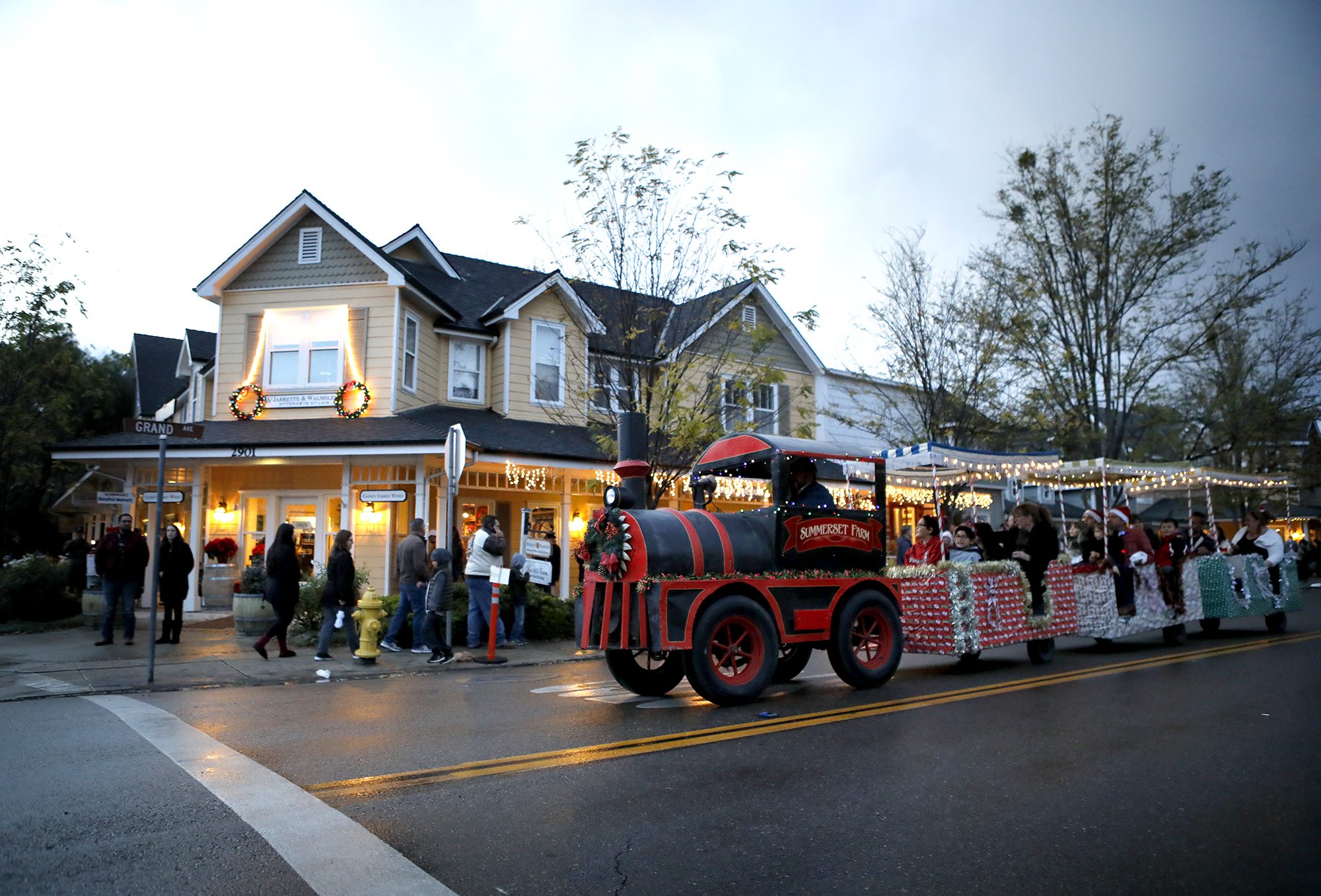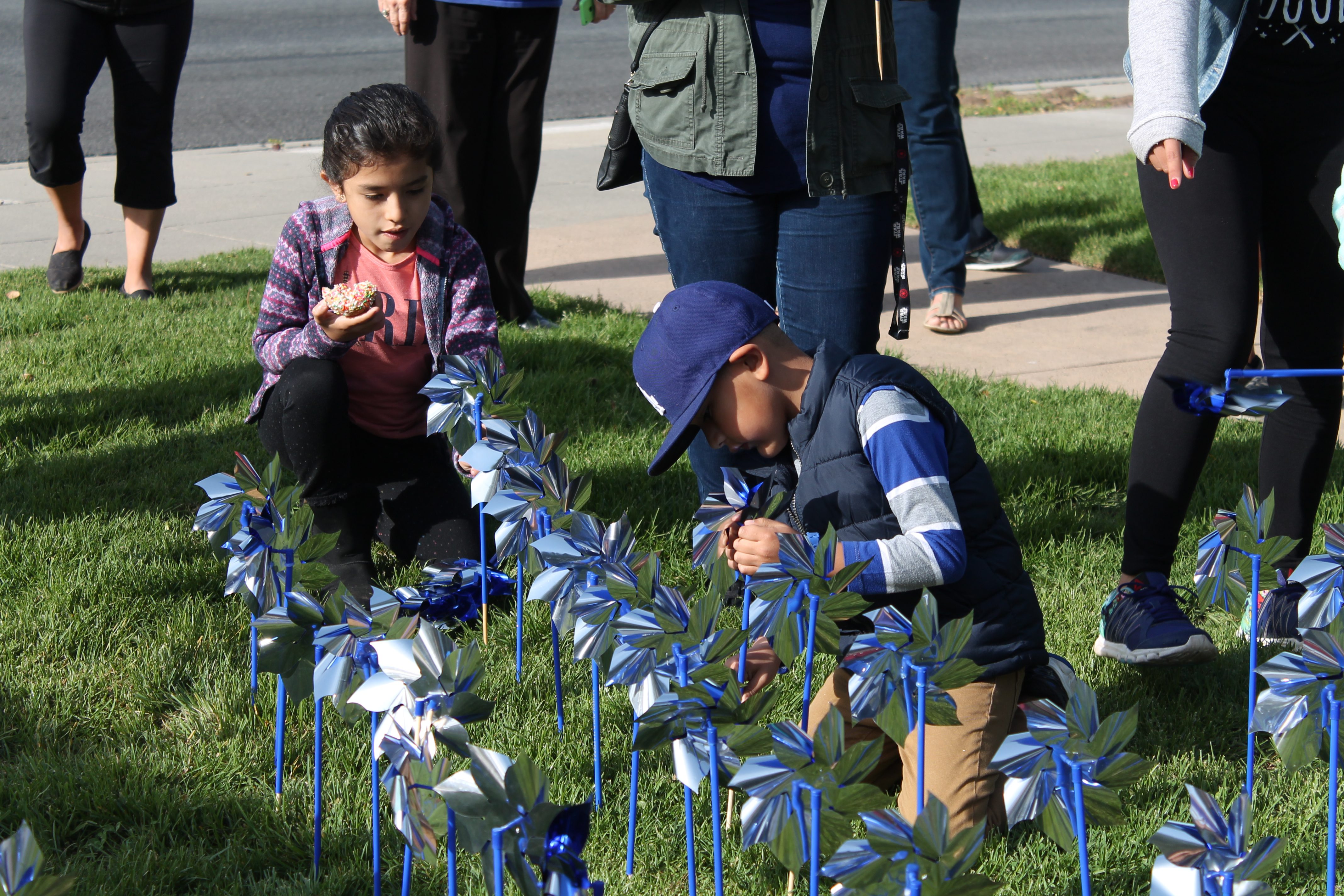By John Copeland
At the beginning of November, sleep lovers have much to celebrate. It’s one of the rites of autumn, along with pumpkins, football games and adjusting to the end of Daylight Saving Time.
I love this transition out of Daylight Saving Time during the fall, just as I hate the transition to Daylight Saving Time in the spring, when we lose an hour. So, if you are sick of dark mornings on your way to school or work, it’s your time to rise and shine. But if you dread driving home in the dark, you’re out of luck for the next few months.
The end of Daylight Saving Time occurred at 2 a.m. Sunday, Nov. 3. The few analog clocks still around must “fall back” an hour, with people manually turning 1:59:59 a.m. into 1 a.m. Microwaves and ovens are on a short list of household appliances that also will need a manual adjustment. Since most of our computers, smartphones and DVRs do it automatically, it’s not as much of a chore as it used to be.
Just about everybody early looks forward to “falling back” and claiming that extra hour of sleep. Thanks to the hour gained as the clock goes backward, those who crave an extra hour of sleep in the morning will be rewarded, with much less disruption to the body than when the clock sprang forward.
In the spring, the switch to Daylight Saving Time leads to higher numbers of heart attacks, car accidents, and on-the-job injuries.
But taking advantage of that extra rest and keeping the benefit can be tough.
Time changes in the fall and spring inevitably alter people’s schedules. It can take your body up to a week or more to adjust. Until then, falling asleep and waking up later can be harder. If you are getting seven to eight hours of sound sleep and go to bed a little early the night before, you may wake up feeling refreshed.
If you are sleep-deprived already, getting by on six hours, you’re probably in a bit of trouble, especially if you consume alcohol or caffeine close to bedtime. In this situation, you may well experience the degradation of performance, concentration, and memory common to sleep-deprived people, as well as daytime sleepiness.
It’s just an hour, but it’s asking sleep-deprived people to alter their circadian clock! In some cases, the time shift can be dangerous. If your sleep cycle is out of whack, driving can be a bad idea. One study showed fatal traffic accidents increase the Monday after both time changes.
Yet there’s still a lot of confusion about Daylight Saving Time. The first thing to know: Yes, it ends in the fall, just as the decrease in daylight hours is becoming noticeable.
Why is the change of one hour so hard? In the fall, when you’ve gained an hour of sleep, you might not feel tired, but you may get cranky when you have to wait an extra hour before your lunch break or when it feels like work should have ended an hour ago.
It may be harder to stay up an hour later and wake up an hour later when your body and internal clock is used to a different schedule and can affect your quality of sleep when a different schedule is forced upon it. When the clocks move forward in the spring, you’ll be robbed of an hour of sleep. That night, you may not be able to fall into your normal sleep rhythms an hour earlier than you’re used to, and you won’t get as much quality sleep as you need.
One hour of lost sleep sounds like a small change, but we humans are fragile, sensitive animals. Small disruptions in our sleep have been shown to alter basic indicators of our health and dull our mental edge. And when our biological clocks are off, everything about us is out of sync.
Our circadian rhythms, our bodies’ natural clocks, operate on a slightly longer than 24-hour cycle. Although it takes about a week for our bodies to adjust to the time change in the spring, it takes only one day in the fall.
However, there is no statistically significant difference between how much sleep people get on the day transitioning out of daylight saving time versus how much sleep they get on any other day of the year. This means that the “fall back” switch is unlikely to have much effect either way on workers’ wakefulness on Monday morning and is therefore also unlikely to have any effect on their proneness to workplace injury.
The findings of this study are just the latest blow against the appropriateness of the time shift, which most countries observe, but change seems to be on the horizon for daylight saving time, as a record number of states are trying to find ways to stop changing their clocks.
For many years, making changes to daylight saving time seemed like a Sisyphean task. Many business interests continue to side with the annual observance of daylight saving time. However, more states than ever acknowledge the problems with the regular time changes and are joining forces to try to put a stop to the clock craziness.
Each year brings more interest to the cause, and every bill, many of them bipartisan, seems to get further through the legislature. However, to make the change in observing Day Light Saving Time, Congress would have to amend the Uniform Time Act. So for now, enjoy your extra hour of sleep.
John Copeland of Los Olivos is a farmer, writer, producer and amateur historian.






